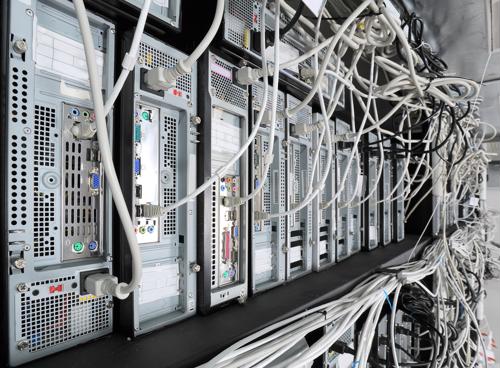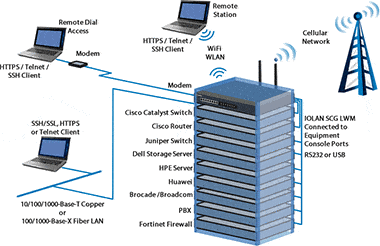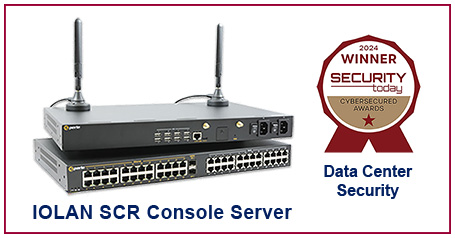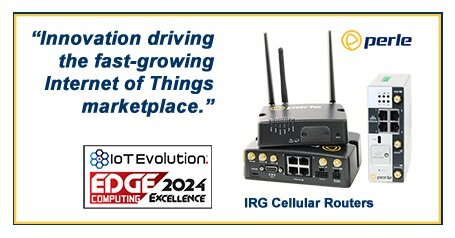
Data centers can offset consumption by generating useful heat
By Donna DonnowitzNovember 7, 2014
Barriers to industry-wide adoption
Unfortunately, several technological and logistical issues must be dealt with before heat reclamation is a standard practice at most data centers. The initial problem is with how data centers generate heat in the first place - hot air is very difficult to transport and store, adding to the inherent difficulty of the project, noted Data Center Dynamics. The second problem is storage. Like all renewable energy installations, successful heat reclamation would require IT staffs to coordinate the storage of energy so that it can be sold or reused most efficiently. Scenarios like Amazon's skyscraper and data center being in convenient proximity to one another are an anomaly. Implementation of heat recycling strategies will ultimately be limited until these barriers are resolved.
In the meantime, there are several ways that IT teams can control waste heat in their facilities to prevent further inefficiencies. Hot/cold air aisle containment strategies, for example, ensure that waste heat does not compromise the cooling process and jack up electricity costs. IT teams can also maximize their energy savings by expanding user access through remote console servers.
Perle's wide range of 1 to 48 port Perle Console Servers provide data center managers and network administrators with secure remote management of any device with a serial console port. Plus, they are the only truly fault tolerant Console Servers on the market with the advanced security functionality needed to easily perform secure remote data center management and out-of-band management of IT assets from anywhere in the world.



